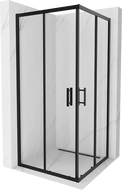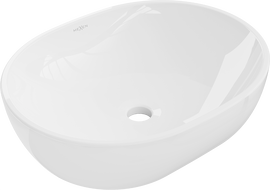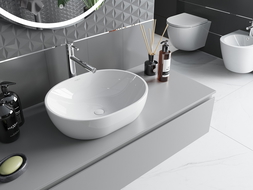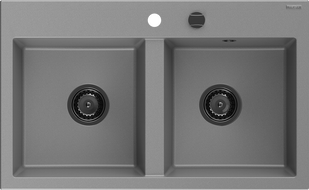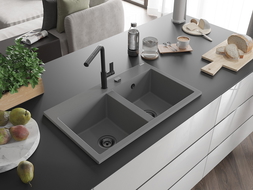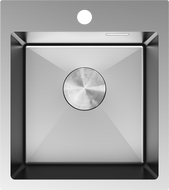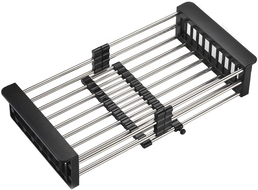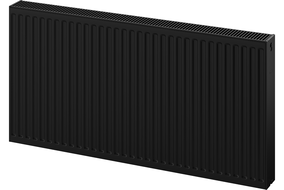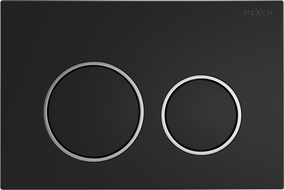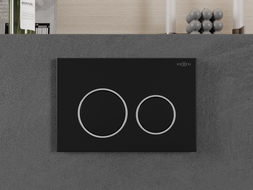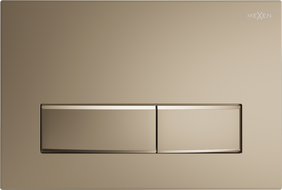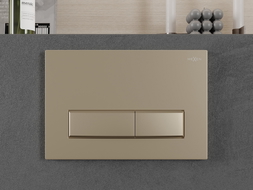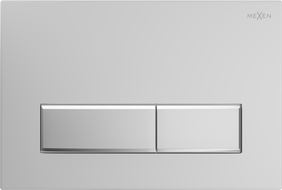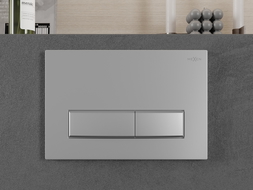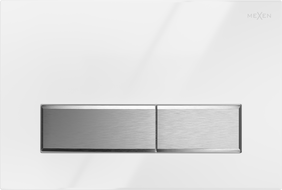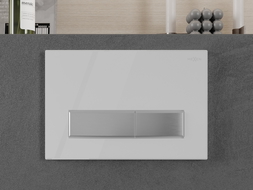
None of us can probably imagine a modern bathroom without a toilet bowl and a matching toilet flush. Every day we flush waste multiple times without thinking too much about how the flush works. It is one of the elements that make life easier, but sometimes it may happen that the toilet stops working as it should and a problem arises during flushing. However, you don't have to call a plumber right away; sometimes it is enough to descale the toilet flush.
How does a toilet flush work?
Before you proceed with the repair, it is worth briefly familiarizing yourself with how the flush works to avoid damaging it during cleaning. It is not particularly complicated machinery. The most important elements are two valves that allow the flushing tank to fill and empty. An important part of every flush is the float, which closes and opens the drain valve, preventing uncontrolled water leakage.
When you press the flush button, water flows into the toilet bowl, and the water supply valve causes the flush to refill. This simple mechanism works quite efficiently, but over time it may begin to jam. In such a situation, the tank may not fill to the proper level or may start to leak. The most common cause of such a failure is limescale buildup on the various parts of the flush.
How to easily remove limescale from the toilet flush?
If the flush starts to jam and water does not flow into the toilet properly, you may suspect that limescale has built up inside the mechanisms in the flush. This is a fairly common problem, especially if your apartment is supplied with hard water rich in minerals that accumulate as limescale. Fortunately, it is quite easy to clean the toilet flush at home. Home methods are safe for the environment, and the waste from descaling can be flushed down the drain.
After opening the tank lid, it may turn out that it is simply dirty and the walls and individual elements of the flush are coated with limescale. In this case, it is worth reaching for a solution that consists of hot water and vinegar or citric acid dissolved in water. Usually, a cup of vinegar is enough, but in the case of particularly large limescale deposits, more vinegar can be used. Pour the solution after draining the water, then it should be left for a few hours, or even overnight. After that, you can start cleaning with a brush, which will easily remove the softened limescale and deposits from the entire flush.
How to prevent limescale buildup in the toilet flush?
Regular maintenance of the toilet flush can definitely extend its lifespan and ensure hygiene and safety in your bathroom. Therefore, it is worth remembering to clean not only the toilet bowl but also to remove any deposits that may form in the tank. To clean the flush, it is enough to dedicate just a few minutes, and it is advisable to do so at least once every six months.
Baking soda and vinegar are likely found in every home, but you can also use special tablets that effectively help remove everything that accumulates inside the flush. With their help, you can quickly remove dirt, limescale deposits, and bacteria that can grow in the toilet. An argument in favor of this is that you do not need to use a brush additionally.
Toilet cleaning should not stop at rinsing the toilet bowl with clean water; it's worth checking on occasion in the tank and also taking care of the interior surfaces. Regular removal of deposits will ensure the smooth operation of the toilet and minimize various types of failures that can occur when limescale damage seals or clogs the drain.

